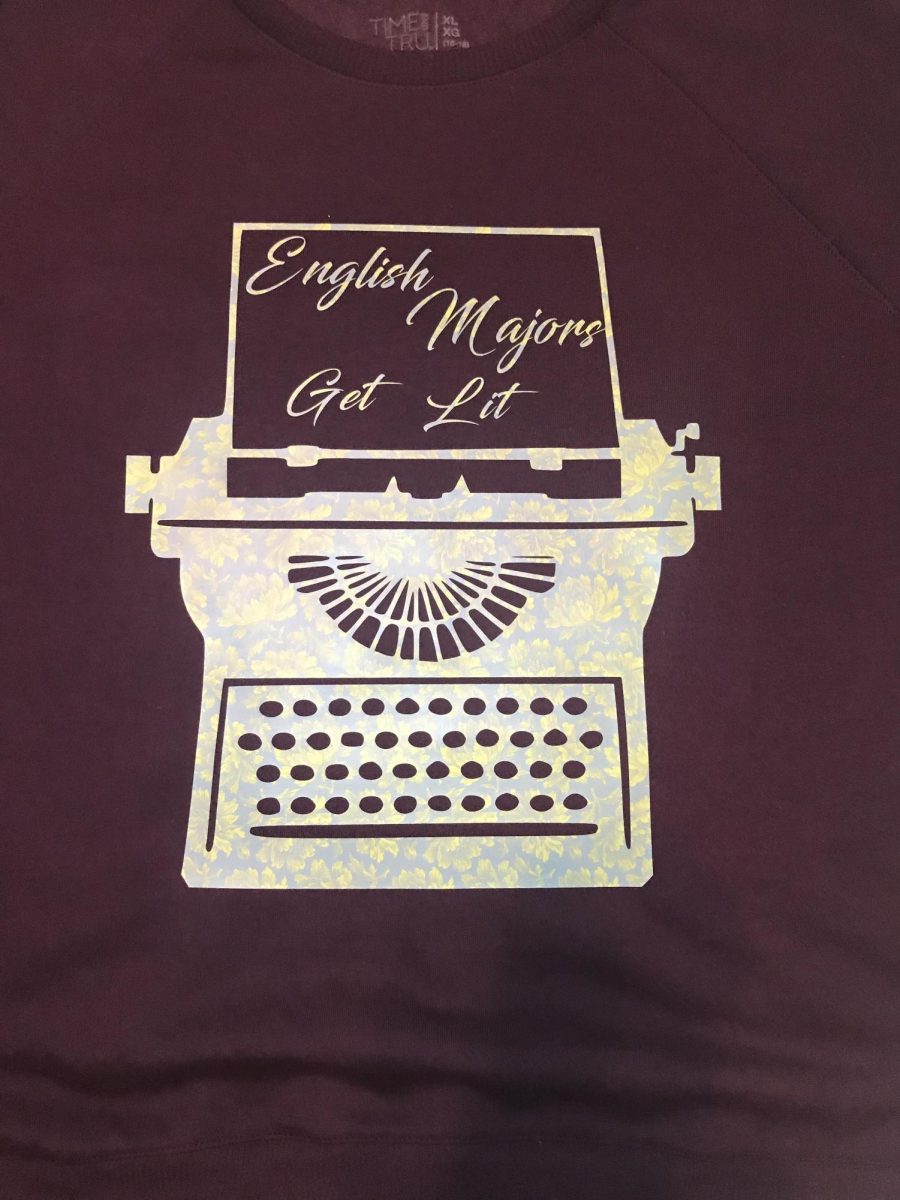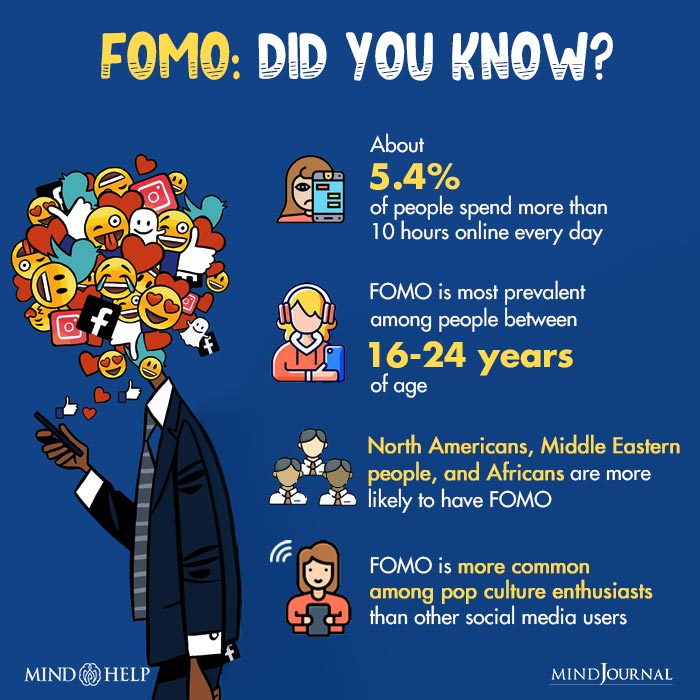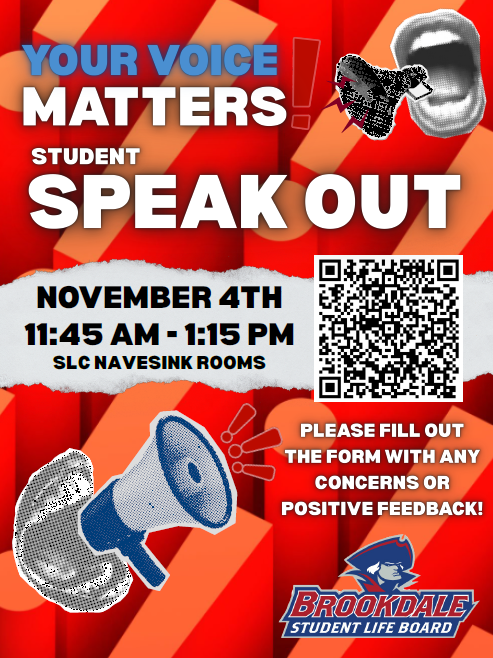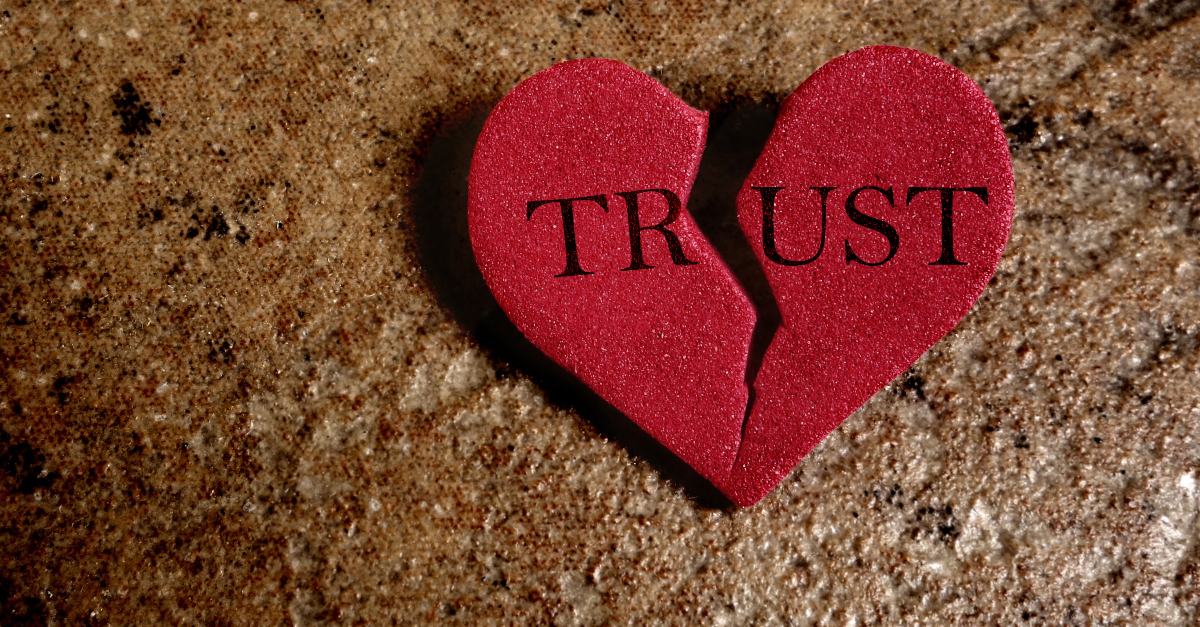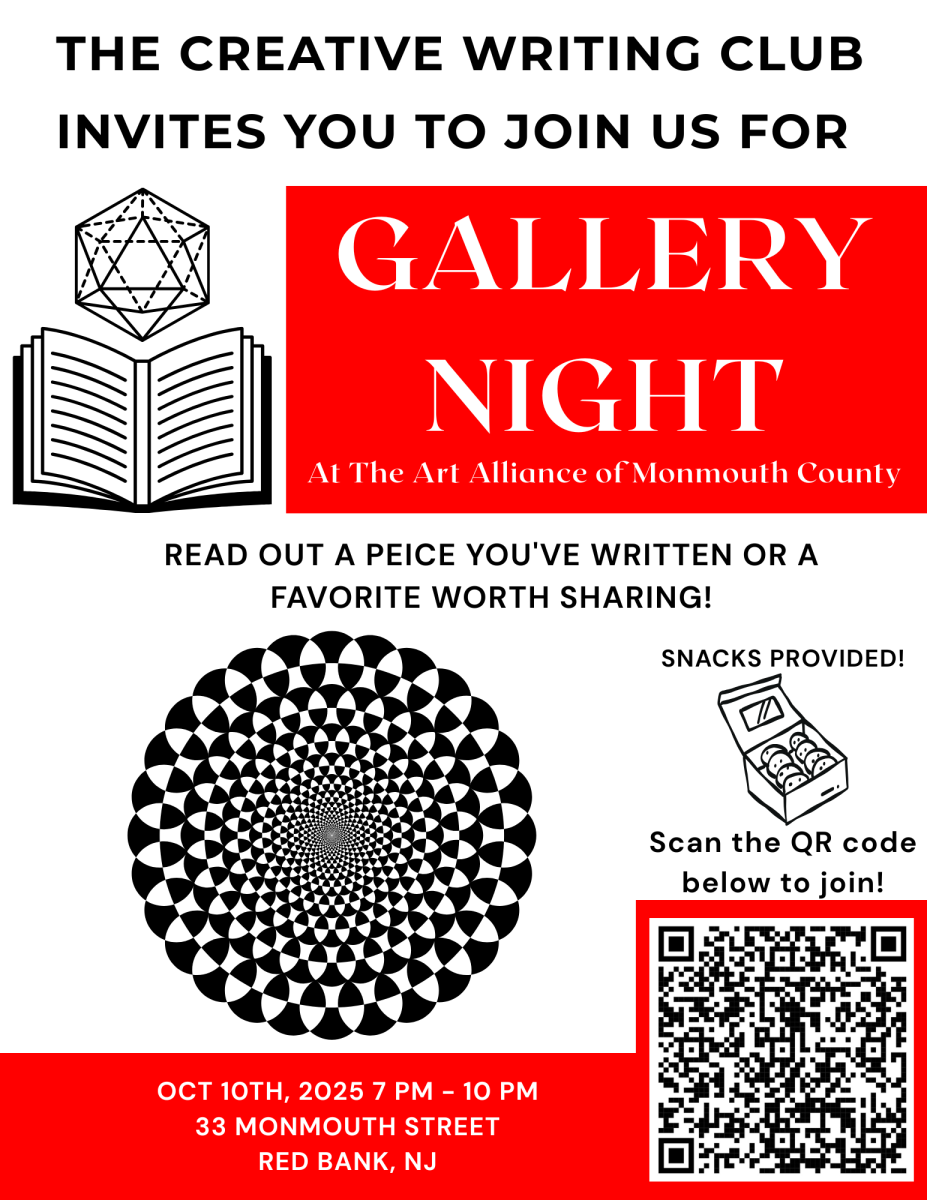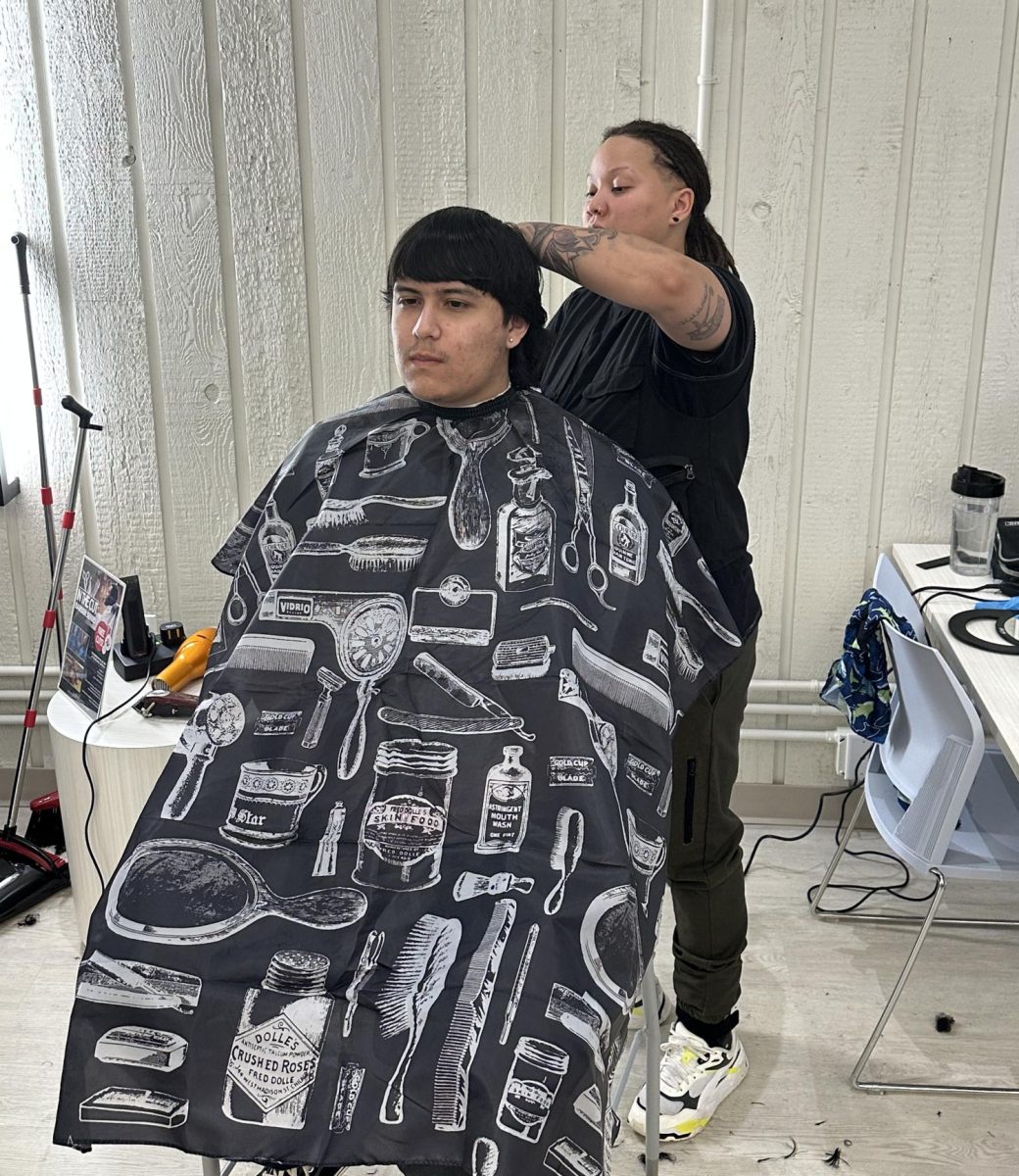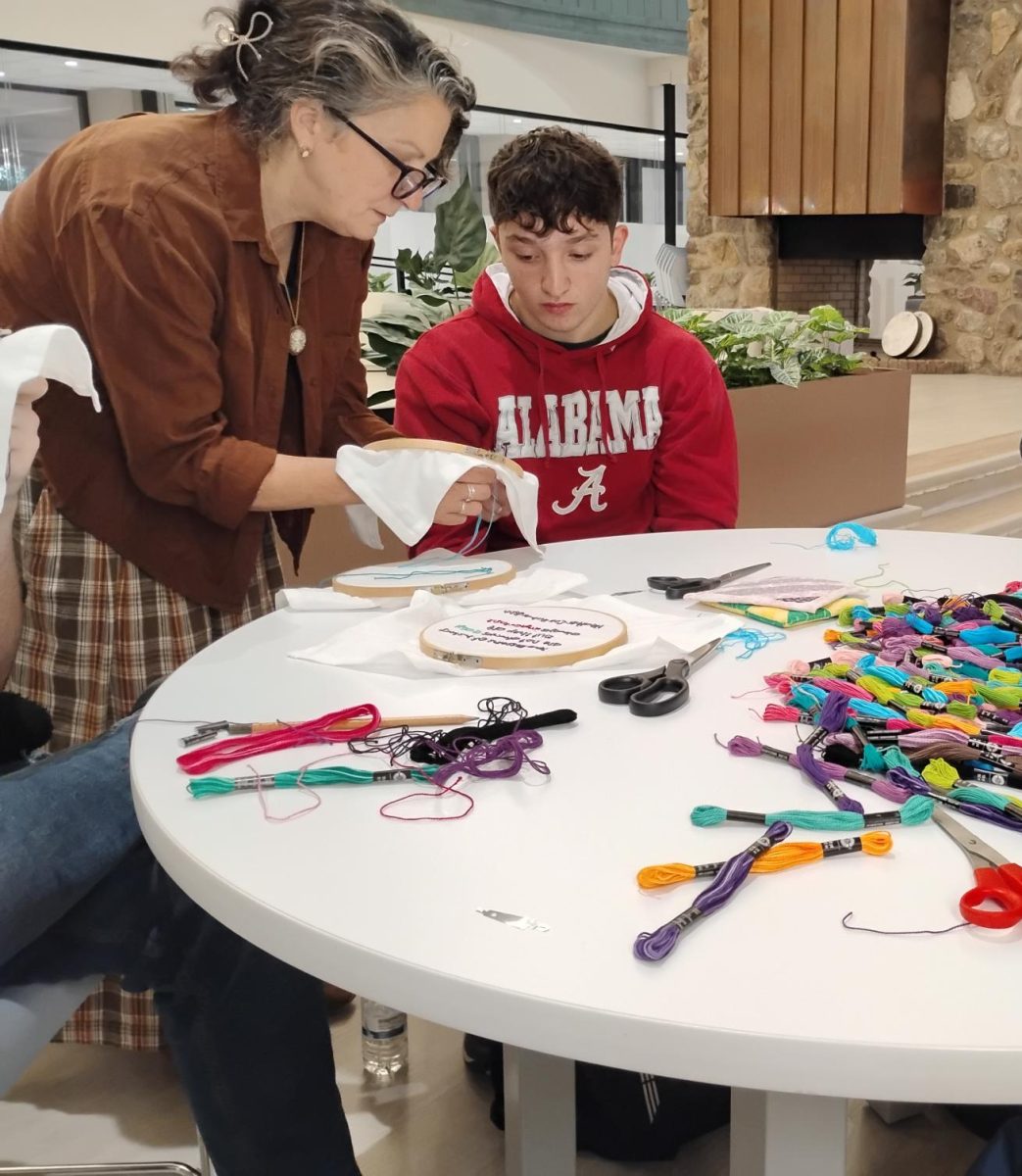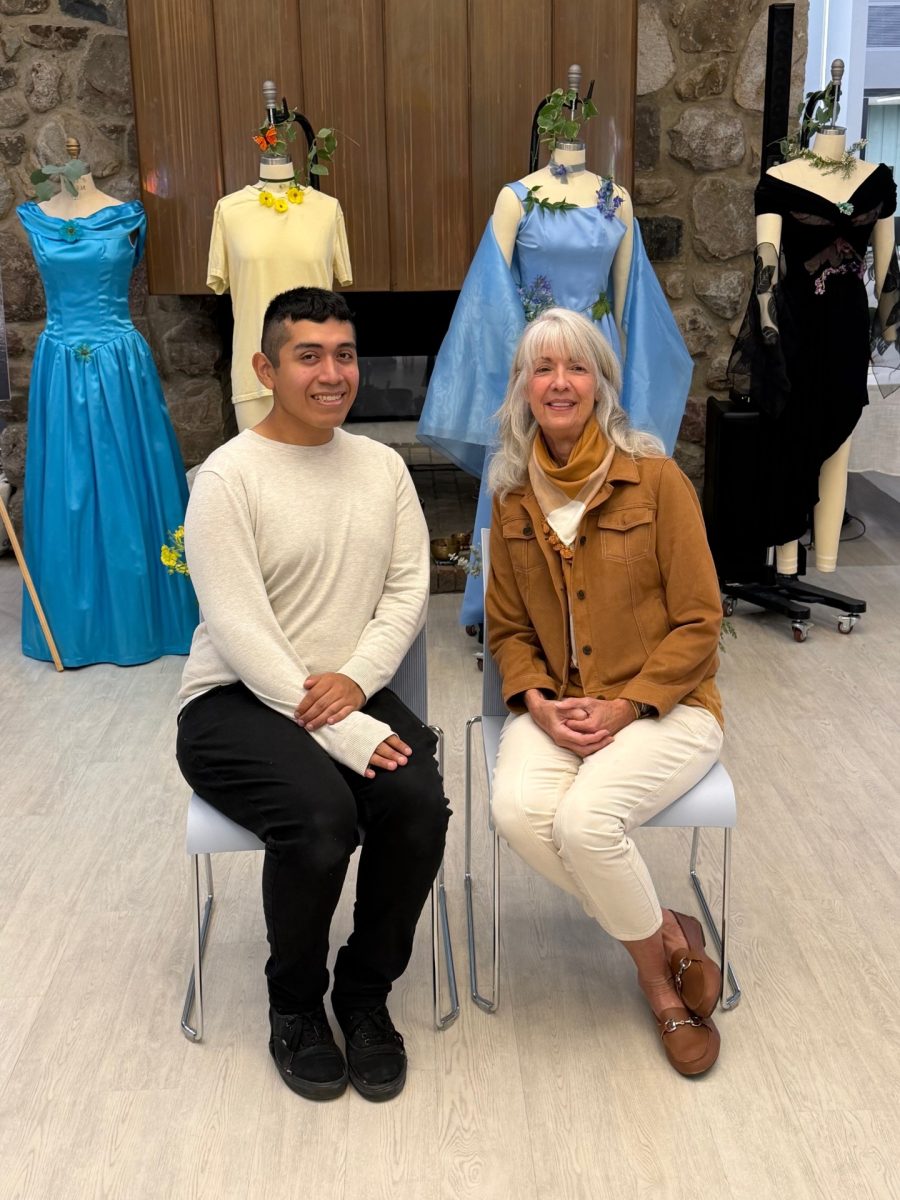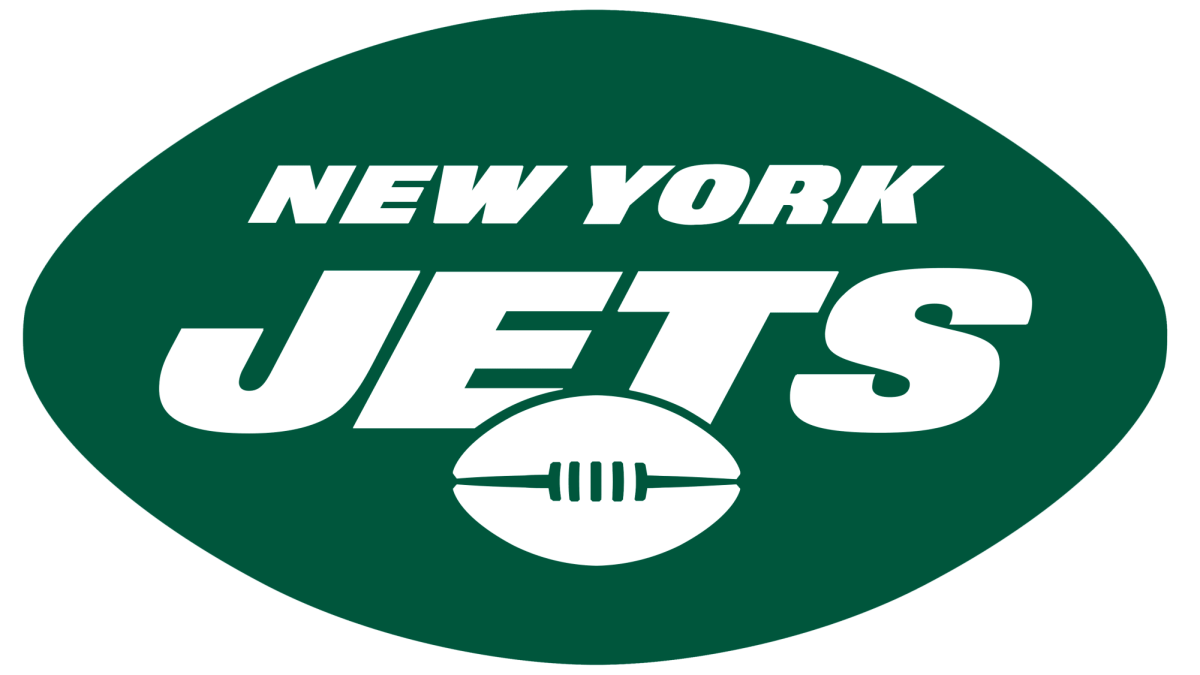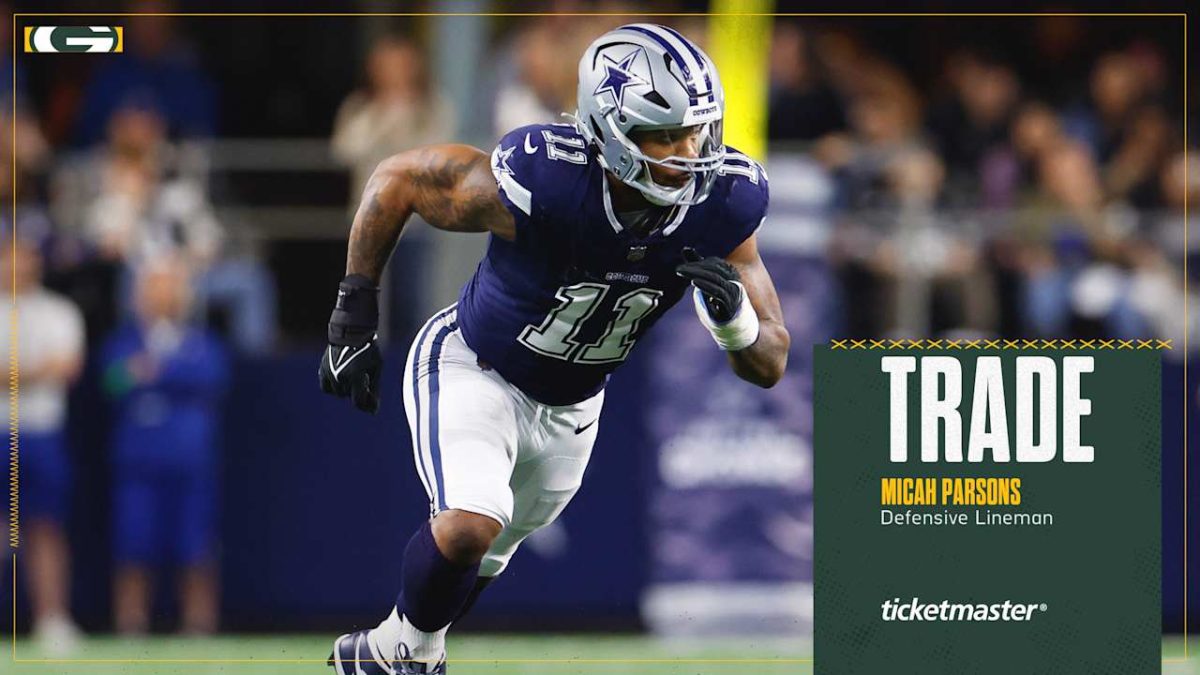Speaker: What Americans Know About Native Americans Are ‘Big, Fat Lies’

October 25, 2021
Brookdale students and others who attended a Zoom presentation on Oct. 20 were told the history they learned about Native Americans was filled with “big, fat lies.” The words took on special meaning coming from Comanche Nation member, Paul Chaat Smith, an associate curator at the National Museum of the American Indian.
An author, historian and frequent lecturer about Native American issues, Smith called his lecture, “The Philadelphia Story: Abolitionists, Indian removal, and the Price.” Smith presented it at the invitation of the Center for Holocaust, Human Rights and Genocide Education, which is located at Brookdale.
“Americans, in their bones, know (the country) was built in devastating history,” Smith said. But Smith said the inhumane treatment of Native Americans did not mean these individuals always held the higher moral ground. “Five civilized tribes were committed to slavery; they were considered to be slave states.”
Discussing how the history of Native American slave-owning is rarely talked about, Smith said, “people need heroes” and the abolitionists often gave Native Americans a pass, treating their use of slavery as a “noble savagery.”
Smith said he is “angry at the Native scholars that tiptoed around history” because “tribal government will only change in response to pressure.” He quoted John Ross, the principal chief of the Cherokee nation who led his people west of the Mississippi, saying “the perpetrator of a wrong never forgives his victims.”
Smith said that knowing the true history, including the cruelty, that many suffered is important to balance the “fairytale” of American history. He said this was true even if it makes previously sympathetic people more complicated.
“How do you teach the truth that not many want to hear to different age groups and grade levels?” asked Maggie Millian, a 30-year-old tutor and teacher from Freehold.
“I wish I knew. It’s not easy, and the project has always been about untangling the misinformation people have,” Smith said.
“What connection or similarities do you see between the Holocaust and the genocide committed against the Native American people?” asked Noah Gross, a 24-year-old journalism major from New Brunswick.
“There are elements that seem to echo. The major difference is the United States government never used the tactic of exterminating people. Overall, the Indian nations were very powerful,” Smith said.
Regarding Native American slave-owning, journalism professor Debbie Mura asked, “As you were doing your research, were there people who suggested that this is history we don’t need to explore? What is your answer to this?”
“It was more people were surprised at how established it is in the record. It was always there. People vaguely knew this happened, but why did we need to know about it?” Smith said.
Asked if he has considered building a traveling Native American exhibit similar to the one he helped curate at the Smithsonian, Smith said he believes it “would be better if local museums made their own section” depicting Native American contributions.



